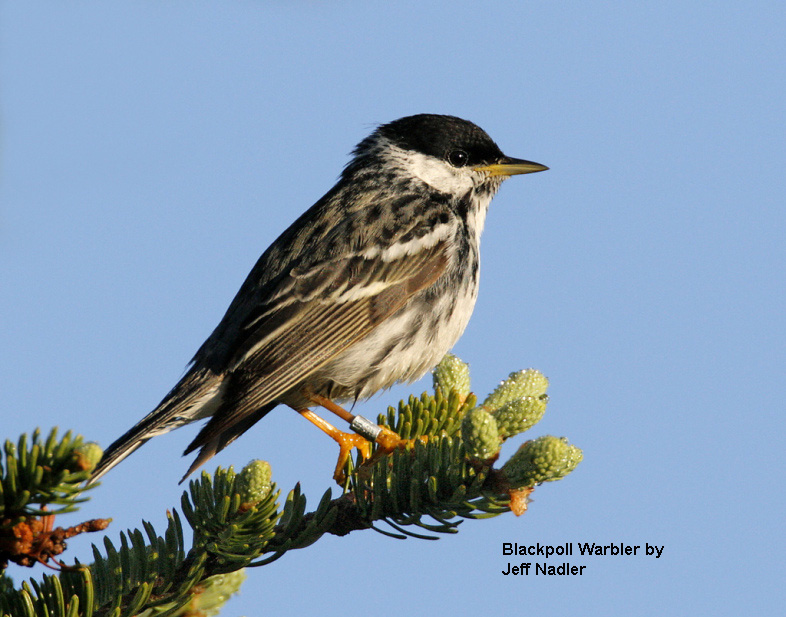Explore Vermont’s Mountain Bird Species
Dec. 22nd 2020The Mountain Birdwatch Explorer is a tool that visualizes the prominence of bird species in the mountains of the northeastern United States. The data for the Explorer spans eight years, but it has been collected by community scientists as part of Mountain Birdwatch, which spans twenty years, and is also a project of The Vermont Center for Ecostudies (VCE).
Each June, community members take one of 129 hiking routes and count birds at specific intervals along the way. The data from their observations then populate the Mountain Birdwatch Explorer.
To use the Birdwatch Explorer, click “Map” towards the bottom of the webpage. Purple dots will appear, which are the sites at which data has been collected. To view the specific site’s data, you will need to select either the hexagon or square option above the Species key, and then draw a shape around the purple dots. The data will emerge in a Summary Data tab, and from there you can select which birds you would like to see. The species codes for the birds are in the tab “Species Codes” next to “Map.” You can compare a single bird species’ prevalence over the years, and also compare species to each other.
The Mountain Birdwatch project tracks ten bird species including two chickadees, three thrushes, two sparrows, a warbler, a flycatcher, and a wren. The project also tracks the Red Squirrel.
Mountain bird species differ from bird species in other topographic areas. The spruce-fir evergreen forests at the northern tip of New York State, across Vermont and New Hampshire, and into Maine are home to distinct kinds of birds. However, the influx of other types of birds demonstrates how climate change is changing the ornithological makeup of northeastern forests.
Such is the case with the Black-capped Chickadee, which commonly lives in deciduous forests. However, sightings of this bird on Mount Mansfield have steadily increased during Mountain Birdwatch years. Since 2011, the annual rate of increase in the species is 3.14%. According to Jason Hill, Conservation Biologist with VCE and Chief Scientist of Mountain Birdwatch, “Mountain Birdwatch data suggest that Black-capped Chickadees have steadily moved upslope over the last decade, and it's likely that this trend is happening throughout New England and eastern New York.”
Along with the publication of the tool, VCE published “The State of the Mountain Birds Report: 2020.” The report contextualizes the data, noting that more than half of the species monitored have experienced significant declines since observation began.
Since 2011, Blackpoll Warbler and White-throated Sparrow have both declined by roughly 34%. Both species breed at high elevation and low temperatures, and climate change is pressuring the existing Northeastern forest habitats of these birds. Model forecasts predict that by 2100, these species may breed only in Alaska and Canada.
This data and tool are vital for Vermont’s and New England’s conservationists and ecologists. In addition to helping to understand the changing numbers of birds in northeastern mountains, the data has been used to manage ecosystem services and ski mountains. This information has also informed where to place wind turbines and radio towers in these areas.
The VCE will continue to monitor these birds to understand the change in mountain bird species in the Northeast over time. Involving community scientists in the data gathering process is a highlight of this project, and VCE is actively soliciting more participants.
If you are interested in volunteering, please make sure to check back to the participation page in early January 2021 when there will be an update from Jason Hill. VCE likes to emphasize that to volunteer, "you don't need to be an expert--just enthusiastic.”
 ecoNEWS VT
ecoNEWS VT